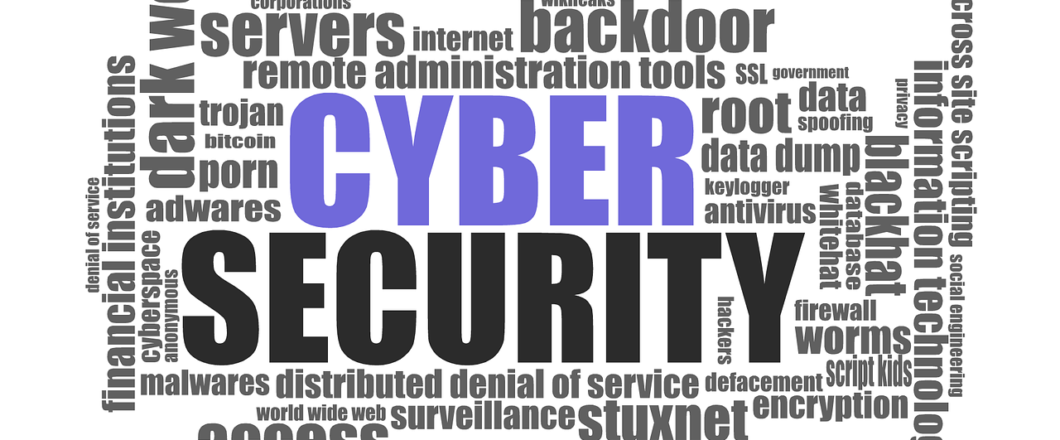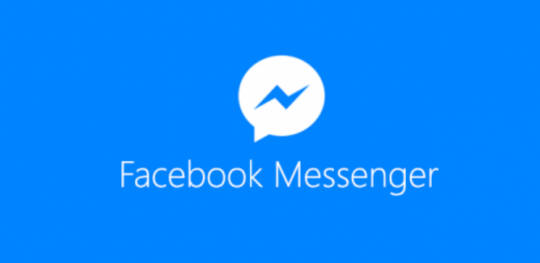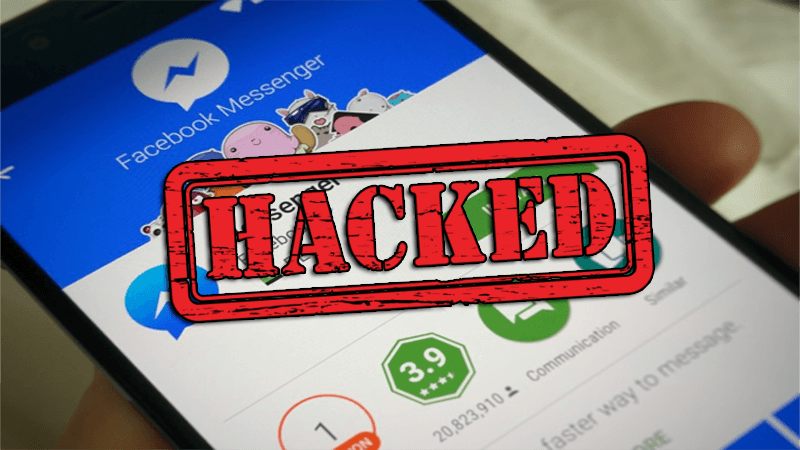
At the start of March 2023, a new National Cybersecurity Strategy was launched by the Biden administration. And it promises big things.
The previous National Cybersecurity Strategy was released by the Trump administration in 2018. However, since then, the world and the internet has changed significantly. An updated strategy makes sense. But what exactly does it seek to change about the way in which we access and navigate our way through the internet? Well, for one thing, it starts by stating that the Biden administration will be investing $65 million in order to provide every American with access to high-speed internet.
In terms of cybersecurity, however, the 2023 strategy tackles a much broader range of problems
The Ins and Outs of the 2023 National Cybersecurity Strategy

The paper which outlines the 2023 National Cybersecurity Strategy is 35 pages long. It’s also a complex read. But this doesn’t mean the main takeaways are exclusive to high-level IT experts. This is why we’ve decided to help you by breaking down the five pillars that the paper covers:
- One of the major priorities of the 2023 strategy is to secure our critical infrastructures. This means that essential systems and networks – such as energy grids and water supply systems – are at risk from cyberattacks. And, just imagine, if a group of threat actors disrupted power supplies, it would result in a major catastrophe. Therefore, the Biden administration is aiming to foster collaboration between government agencies and other stakeholders to identify and protect against any vulnerabilities.
- Strengthening our cyber defenses and disrupting threat actors has been identified as a major area for the 2023 strategy to cover. This involves developing strong cybersecurity policies, ones which can quickly detect and respond to cyber-attacks. Once developed, these policies need to be implemented as seamlessly as possible to protect our networks. Naturally, investment in technology and skilled staff will feature heavily in the success of this second pillar.
- The third pillar of the new National Cybersecurity Strategy seeks to make market forces drive security and resilience. This means that companies which own personal data will be expected to develop more secure storage systems, and existing laws will be updated to protect users against the risk of software vulnerabilities. The aim of this pillar is to ensure that developers need to foster higher standards of care. The result will be a safer digital landscape.
- Investment is crucial in any area seeking to make improvements, and the internet always needs improvements. Accordingly, the Biden administration is seeking to improve three key areas: computing technology, clean energy technology and biotechnology/biomanufacturing. This pillar is also concerned with strengthening the US cyber workforce through enhanced education and digital awareness.
- The final pillar in the 2023 strategy focusses on the importance of international partnerships to pursue shared goals. After all, the US alone cannot stop the rise of cybercrime. Common threats need to be addressed by sharing resources and pooling knowledge. The end objective is to deliver higher levels of assurance that digital systems and platforms are safe and secure.
The latest National Cybersecurity Strategy continues the excellent foundations put in place over the last two decades. It’s a responsible step for the Biden administration to take and, at the very least, will provide peace of mind that the internet remains, on the whole, safe to use.
For more ways to secure and optimize your business technology, contact your local IT professionals.
Read More














